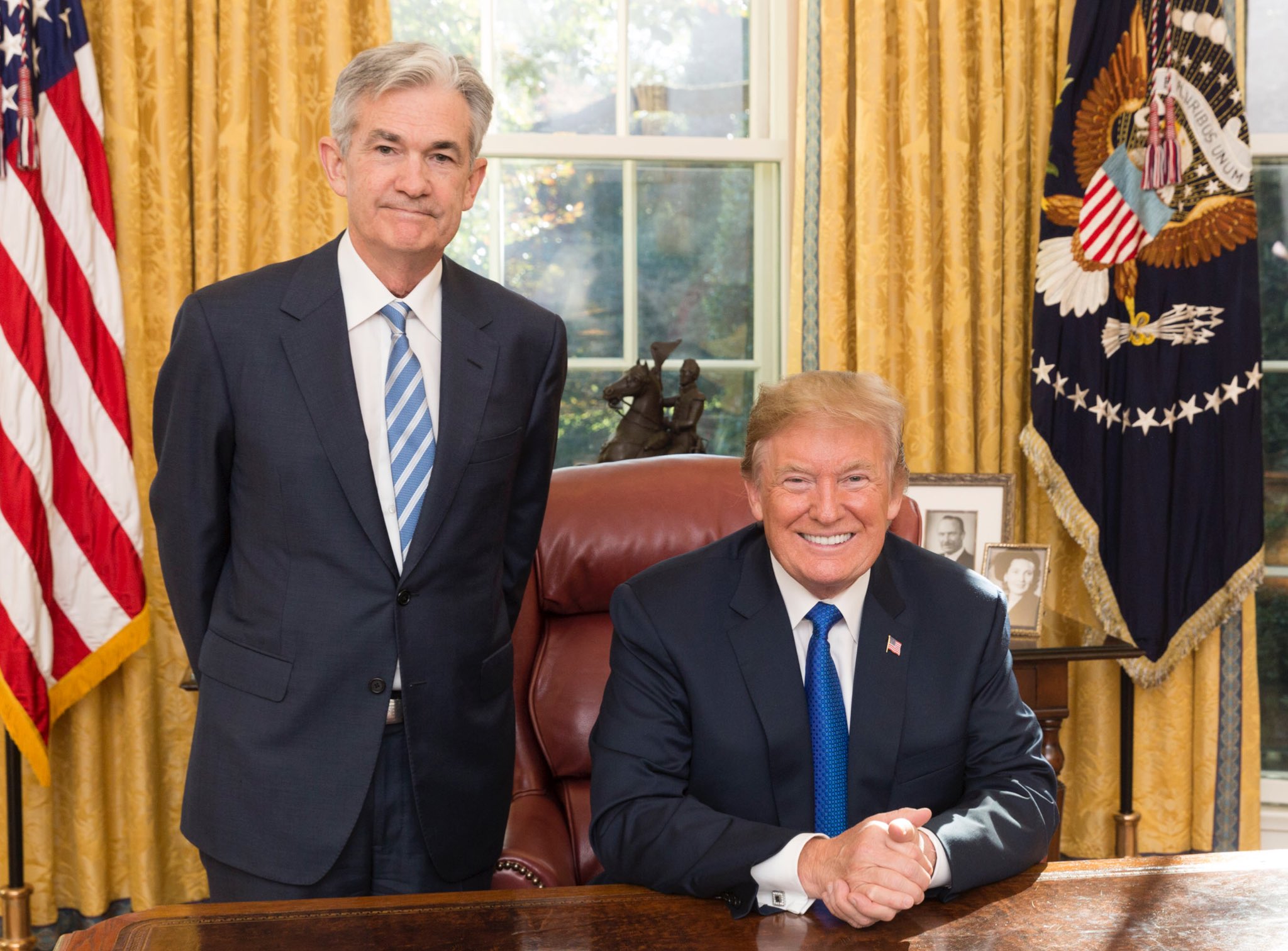Tesla (TSLA) shares leapt over 9% as the automaker commenced its first robotaxi test rides in Austin, Texas, marking a pivotal moment in CEO Elon Musk’s long-stated vision for self-driving transport. A fleet of around ten Model Y vehicles began carrying fare-paying passengers at $4.20 a ride, drawing both acclaim and regulatory scrutiny.
In a confidential filing, Tesla informed the National Highway Traffic Safety Administration that its safety disclosures for the trial should remain private, even as analysts like Dan Ives of Wedbush Securities praised the system’s ability to navigate narrow, obstacle-filled roads with “patience and safety.” Social-media posts by early riders highlighted the cars’ cautious handling of busy city streets.
Market Overview:- Tesla launches limited robotaxi trial in Austin with $4.20 flat fare.
- Shares jump over 9%, adding nearly $100 billion to market value.
- NHTSA reviewing Tesla’s confidential safety submissions.
- Trial includes front-seat safety monitors in each vehicle.
- Technology relies primarily on cameras and AI, facing criticism over lack of lidar/radar.
- New Texas law effective Sept. 1 will require state permits for autonomous ops.
- Scaling from ~10 cars to a viable fleet could take years of testing and approvals.
- Regulatory reviews and federal probes may shape national roll-out timeline.
- Competitors like Waymo (GOOG) and Cruise intensify sensor and safety debates.
- Tesla’s launch of its first robotaxi test rides in Austin, Texas, marks a significant milestone in CEO Elon Musk’s long-term vision for self-driving transport, validating the company’s ambitious technology roadmap.
- The positive market reaction—shares jumping over 9% and adding nearly $100 billion in market value—reflects strong investor confidence in Tesla’s ability to pivot toward high-margin robotaxi and robotics ventures.
- Early feedback from analysts and riders highlights the robotaxi’s cautious and competent handling of complex, busy city streets, suggesting the system may be ready for broader deployment with continued refinement.
- By relying primarily on cameras and AI, Tesla differentiates itself from competitors and could achieve cost advantages, potentially enabling mass-market adoption of autonomous mobility in the future.
- The presence of front-seat safety monitors and strict operational limits during the trial demonstrates a responsible approach to safety, which is likely to reassure regulators and the public as the technology matures.
- If Tesla can successfully scale the robotaxi fleet and navigate regulatory hurdles, it could unlock a lucrative new revenue stream and reinforce its leadership in autonomous vehicle innovation.
- Despite the initial success, Tesla’s robotaxi trial is limited to a small fleet of about ten vehicles in a geofenced area, and scaling to a viable commercial service could take years of additional testing, approvals, and infrastructure investment.
- Regulatory scrutiny is intensifying: the NHTSA is reviewing Tesla’s confidential safety submissions, and new Texas laws effective September 1 will require state permits for autonomous operations, adding complexity and potential delays.
- Tesla’s camera-based autonomous system faces criticism for lacking lidar and radar sensors, raising concerns about its robustness in varied weather, lighting, and edge-case scenarios that are critical for federal safety standards.
- Any significant safety incident involving the robotaxi could trigger recalls, stricter oversight, or a public backlash, as seen with competitors like Cruise and Waymo.
- Competitors such as Waymo and Cruise are already ahead in terms of commercial deployment and have more diversified sensor suites, intensifying the debate over the best path to safe and scalable autonomy.
- While the stock surge is a bright spot, Tesla’s share price remains down 12% year-to-date, reflecting ongoing challenges in its core EV business and the risk that robotaxi ambitions may not deliver on promised timelines or profitability.
Industry experts caution that Tesla’s camera-based approach must prove robust across varied weather and lighting conditions to meet federal safety standards. Any significant incident could lead to recalls or stricter oversight, as rivals have already experienced.
If sustained, Monday’s stock surge would mark a bright spot amid a 12% year-to-date decline, underscoring investor faith in Musk’s pivot from mass-market EV growth to high-margin robotaxis and robotics ventures.




